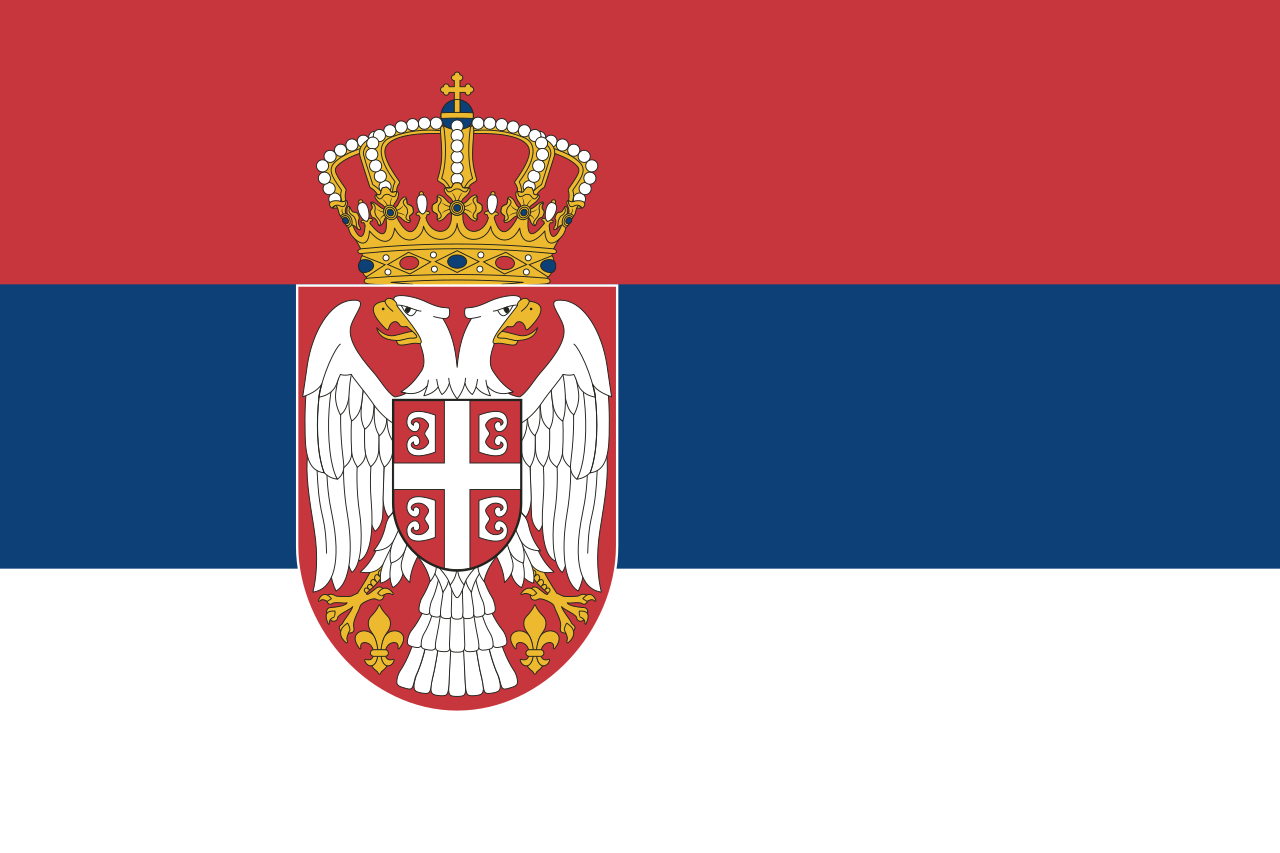
Serbia Country Report
Country Risk Level: Moderate

Download Report as PDF
Get a printable version of this country report for offline reference.
Serbia is a MODERATE RISK country. Travel in Serbia is generally safe, though petty crime can be an issue.
Essential Precautions:
- Avoid travelling through unlit areas or travelling alone at night.
- Exercise caution when travelling to the Sandžak region.
- Drink only bottled water.
- Keep track of bags, purses, and backpacks, as pickpockets are common at train stations and tourist attractions.
- Avoid demonstrations and protests, as they can often turn violent.
Insurance becomes a priority if you intend to travel or work in Serbia. The country, although beautiful, has its own risks. Serbia, like any destination, carries certain risks that travellers should be aware of. Here are some potential risks associated with travelling to Serbia:
Health Risks
Make sure you are up to date on routine vaccines before every trip. Depending on where you're travelling from, you may need additional vaccinations for diseases such as hepatitis A and B, rabies, and tick-borne encephalitis. COVID-19 restrictions should also be considered, including any travel requirements in place. Healthcare services are generally adequate in urban areas, but may vary in rural regions.
Crime
While Serbia is generally considered safe for tourists, petty crime such as pickpocketing and theft can occur, particularly in crowded tourist areas, public transportation, and at major events. Travellers should take precautions such as keeping belongings secure and being aware of their surroundings.
Political and Social Unrest
While Serbia is politically stable, occasional protests and demonstrations can occur, particularly in Belgrade. These events can sometimes escalate, so it's advisable to avoid large gatherings and demonstrations if possible. Be aware of potential political tensions related to Kosovo and other regional issues that may affect safety.
Natural Disasters
Serbia is not prone to natural disasters such as earthquakes or hurricanes, but extreme weather conditions can occur, especially during the winter months. Travellers should be prepared for weather-related emergencies and follow local advisories.
Road Safety
Road conditions in Serbia can vary, and driving standards may be different from what you're accustomed to. Be cautious when driving, and consider hiring a local driver if you're not familiar with the area. Adhere to local traffic laws and be prepared for unexpected road conditions.
Language Barrier
While many Serbians speak English, especially in tourist areas, there may still be language barriers, particularly in rural areas. It's helpful to learn a few basic phrases in Serbian or carry a translation app to facilitate communication.
Currency Exchange
Be cautious when exchanging currency, especially in tourist areas, as there may be scams or fraudulent practices. It's advisable to exchange money at banks or reputable exchange offices. Always check the current exchange rates to avoid being shortchanged.
Border Regions
Travellers should exercise caution when travelling near border regions, particularly with Kosovo and Bosnia and Herzegovina, due to potential political tensions.
Travel Documentation
Ensure that you have all necessary travel documents, including a valid passport and any required visas, before travelling to Serbia.
Healthcare and Medical Facilities
While Serbia has adequate healthcare facilities in major cities, the quality of medical care may vary in rural areas. It's advisable to have travel insurance that covers medical expenses and evacuation in case of emergencies. By staying informed, taking necessary precautions, and being aware of your surroundings, you can minimise the risks associated with travelling to Serbia. Additionally, it's always a good idea to consult travel advisories issued by your government or reputable international organisations before planning your trip.
Choosing the Right Insurance for Your Serbian Trip
While obtaining insurance for your trip to Serbia, ensure that your travel insurance policy provides adequate coverage, as some insurance companies may not provide standard cover for Serbia. Ensure that your policy includes cover for emergency repatriation and evacuation.
Required Vaccinations:
- None
Pre-Trip Checklist:
- Carry a copy of your passport.
- Bring a necessary supply of prescription medication.
- Bring a copy of your prescription in case medication is lost or stolen.
LGBT Travel Guides for Serbia
Travelling as an LGBTQ+ individual or couple to Serbia requires some awareness of the social and legal landscape. While Serbia is making progress in LGBTQ+ rights, discrimination and prejudice still exist, particularly in more conservative and rural areas. Recent pride events have faced both support and opposition, highlighting the complexities of the situation. By being informed, respectful, and cautious, LGBTQ+ travellers can enjoy their visit to Serbia while navigating potential challenges associated with their sexual orientation or gender identity.